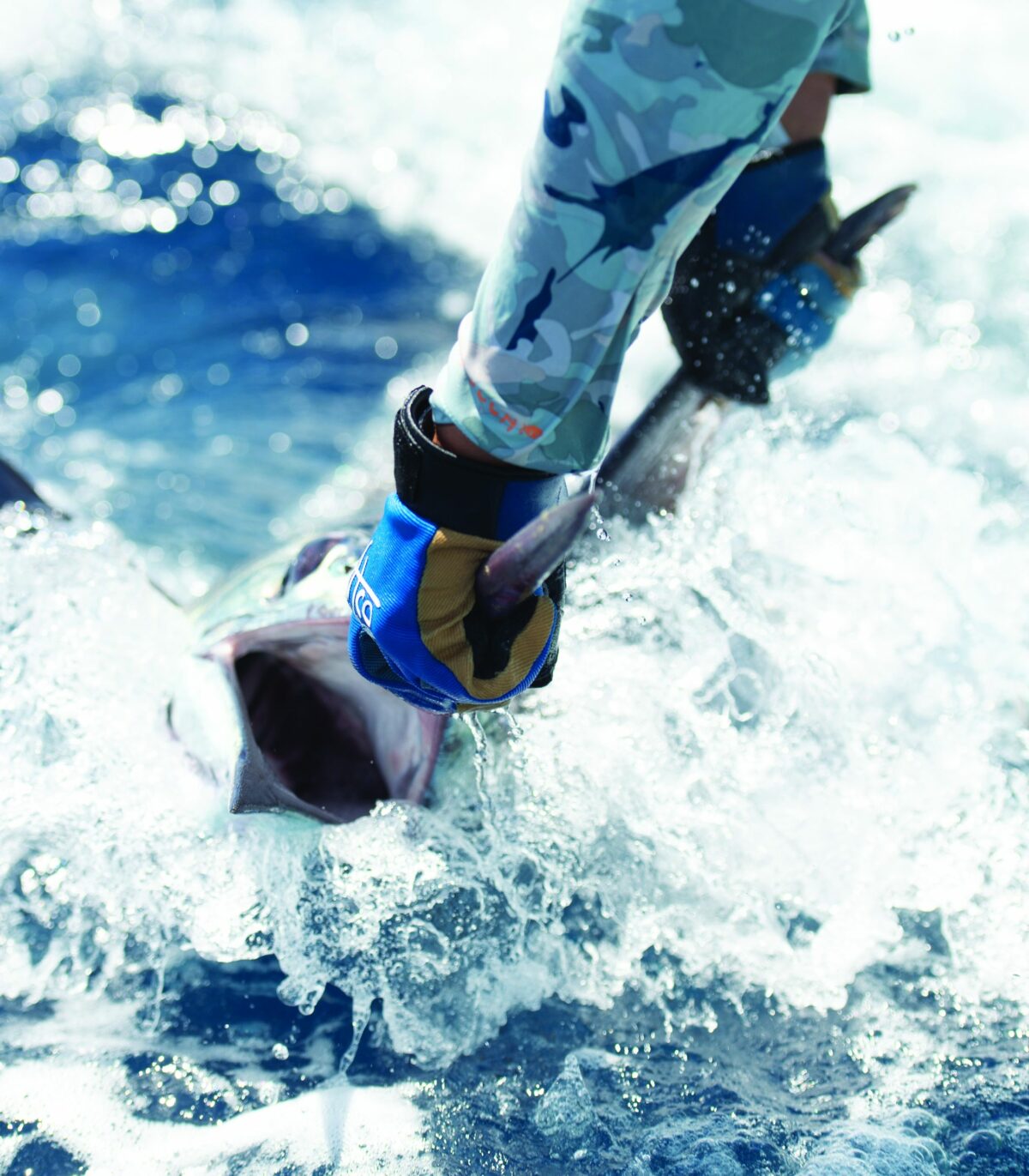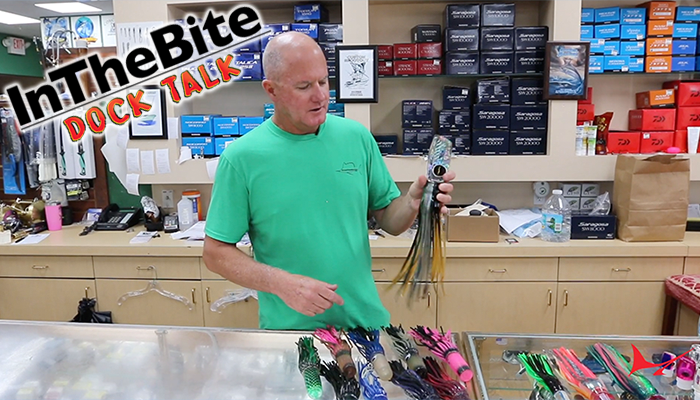Keeping your tackle in optimum condition should be a high priority for any competitive sportfishing program. Proper tackle care, along with proper tackle storage, will guarantee many seasons of reliable use, which is even more important these days with the limited availability we’ve been experiencing lately on many products. Normal maintenance will vary on every operation depending on how much you fish, where you fish and the type of fishing involved.
For example, crews that are consistently seeing double-digit catches on light gear may have to break down a reel and do their own repairs at night between trips, whereas others that only catch a few fish all season on heavy gear might take theirs into a local tackle store for service every few years. Most of us will fall somewhere between these two. But regardless of where that is, the most obvious and beneficial preventive maintenance we can do for our tackle is to properly wash, dry and store it after each use. Like many boats these days, we have a designated tackle locker that allows us to securely store our rods and reels after each use.
In the Gulf of Mexico, our trips back in from the fishing grounds are normally four hours or more, which allows us plenty of time to thoroughly soap, rinse and dry all of our tackle before breaking it all down and storing it away. This also gives us a head start on cleanup and allows us to focus on other things when we get back in and are busy at the dock. As for yearly maintenance, here’s a quick general list of the procedures that we normally use in the off season: We will start with the removal of reels from rods or butts. The larger reels (50s-130s) we will either take to have professionally inspected (every other season) or clean up and corrosion block all external parts and lube the handles.
For the smaller reels, we will disassemble each one for visual inspection, clean, replace any damaged or worn parts, lube, reassemble and corrosion block the exterior parts. After our reels are back together and ready to be replaced on their rods we will check all guides and rollers, remove all rollers and lube, coat reel seats, ferrules, and collet nuts with Teflon lubricant and reassemble them all. We will usually start out our season with the existing line left on our heavy tackle from the previous season but will change out the top shots prior to the start of our tournaments or after a heavy battle as needed. With all of the odds that can work against you when fishing, tackle failure is probably the worst thing that you should allow to happen. Take care of your tackle and it will take care of you.













